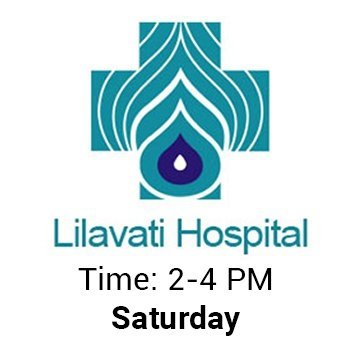MEET DR. PRIYANK PATEL
Dr Priyank M Patel is a Co-Founder and Director of the first integrated spine organization; We Are Spine and treats patients at premiere institutions across Mumbai.
He is dedicated to investigating, evaluating, treating and educating patients with conditions of the spine and the spinal cord using advanced, conservative and sometimes traditional techniques.
Learn about various spine conditions, symptoms and treatments through our website or visit us at our clinic for a personal consultation.

16000 +
Patients
4000+
Surgeries
7+
Surgeons Team
5*
Rating
Our Services
- Sciatica
- Slipped Disc
- Scoliosis
- Kyphosis
- Cervical Spondylosis
- Broken Neck & Back
- Spinal Cord Injury
- Spondylolisthesis
- Spinal Stenosis
- Osteoarthritis
- Tumor
- Syringgomylia
- Cauda Equina Syndrome
- Ankylosing Spondylitis
Plan Your visit
Make a Appointment
Send Med. Records
Working Hours





other locations
APOLLO SPECTRA HOSPITAL
Ujaynagar Compound, Main Gate, Opposite Deaonar Bus Depo, Chembur, Mumbai, Maharashtra 400088
DOCTOR HOUSE
Cumbala Hill, Pedder Road, Mumbai, Maharashtra 400026
JUPITER HOSPITAL
Eastern Express Highway, Service Road,, Next To Viviana Mall, Thane West, Maharashtra 400601
KLS MEMORIAL HOSPITAL
Narvir Tanaji Malsure Marg, Navpada, Irla,, Vileparle West, Mumbai, Maharashtra 400056
BREACH CANDY HOSPITAL
Cumballa Hill, Bhulabai Desai Road, 60A, Mumbai, Maharashtra 400026
THE SPINE CLINIC
Shop no.1, Amrutraj, Gurukul road, panchpakhadi,, Thane west., Thane, Maharashtra 400602
Our Reviews